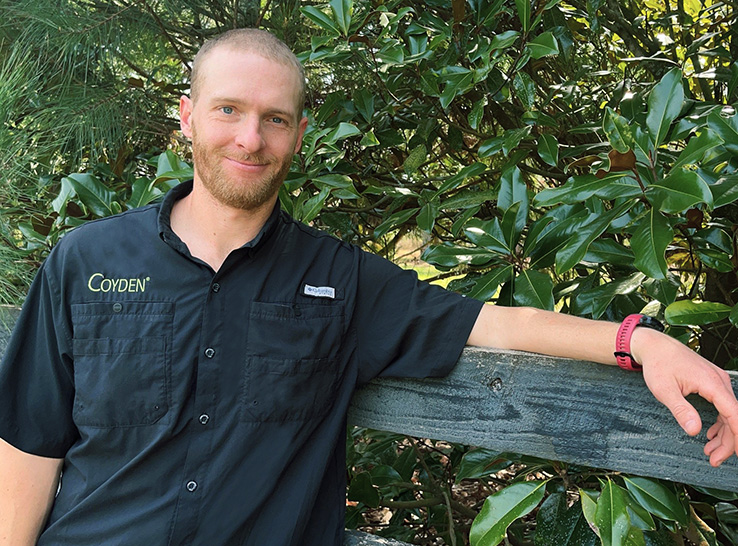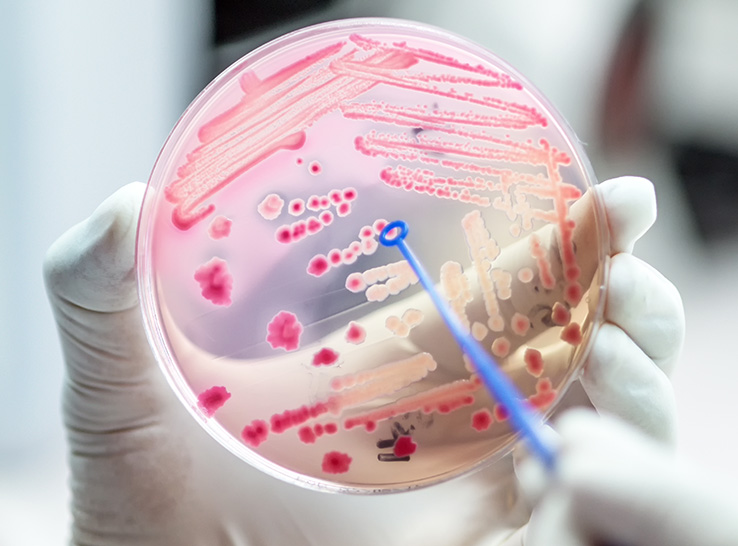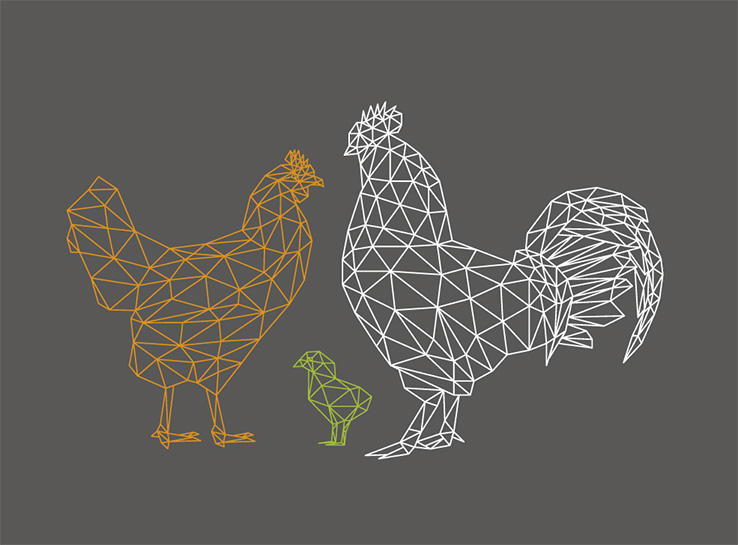Despite the industry’s best efforts to control colibacillosis in layers, broilers and breeders, the bacterial disease caused by avian pathogenic Escherichia coli (APEC) continues to challenge producers and researchers.
Colibacillosis can impact layers, broilers and breeders, leading to severe economic losses in the global poultry industry. At the 2024 International Poultry Science Forum, Catherine Logue, PhD, professor in University of Georgia’s Department of Population Health, presented the latest information on APEC.
APEC can cause systemic diseases, affecting the digestive, respiratory and circulatory systems. It can also cause localized infections, leading to reduced growth rates, death or carcass condemnation, Logue said.
Avenues to infection
APEC is easily transmitted between birds, she cautioned. Infection commonly occurs by inhalation or fecal-oral transmission.
“If there are high dust levels and high contamination in houses, the infection begins in the lungs and liver and spreads outward from there,” she reported.
Fecal-oral transmission happens when chickens pick up the pathogenic bacteria from pecking behavior or by exposure to litter contaminated by infected birds shedding E. coli through their gut, Logue noted.
Transmission can also occur by consuming contaminated feed and water. It also can be introduced by rodents, wild birds and insects.
Unfortunately, unhatched chicks are also at risk. Contaminated breeders can transfer the disease to the embryo, leading to high mortality in embryos and chicks. If the infected chicks do hatch, they can easily infect other chicks in the hatchery unit.
Conventional approaches
Control can be challenging, Logue noted. “Once considered a secondary infection impacting stressed or weak birds, APEC can also be a primary infection. But if you can reduce exposure to other health issues and stress levels, you may be able to decrease APEC infections at the same time.”
Management practices are the first line of defense. Probiotics, immune stimulants, vaccinations, antibiotics and disinfectants have all been used with some measure of success, she said.
Disinfectants and antibiotics used to control bacteria work well until resistant strains develop. Logue noted that emerging resistance leads to fewer choices. Producers have the added complications of obtaining veterinary feed directives for most feed antibiotics and consumer demand for “no-antibiotics-ever” chicken.
Immunization is the next level of protection against APEC. There are three main commercial vaccines for APEC. Some producers have gone a step further to isolate a particular strain of APEC and have a vaccine made specifically for the prevalent problematic strain.
“These autogenous vaccines will work well for several years, but the specific disease-causing bacteria can shift, requiring a new vaccine,” Logue explained.
New vaccines are coming on the market, most still at the experimental stage, that may help reduce mortality and the lesions associated with the bacterial disease. These vaccines reduce the amount of harmful bacteria present and appear to stimulate the birds’ immune response, she noted. However, delivering vaccines to mass populations of poultry can be challenging.
With no single symptom for APEC, the disease is difficult to diagnose and treat. In addition, continuously using available antibiotics can lead to resistant strains of E. coli and further complicate treatment.
“We must be aware that some of these antibiotics may promote the selection of virulence in these resistant strains. This becomes an animal-health concern but is also a human-health concern with E. coli causing disease in both humans and animals,” Logue cautioned.
Alternative control methods
Logue also mentioned newer methods of control, including antimicrobial peptides, immune stimulants, bacteriophages and dietary supplements. Prebiotics and probiotics can enhance gut health and performance by outcompeting pathogenic E. coli and supporting the immune system. Adding them to feed makes for easy administration.
Bacteriophages, which are viruses that attack targeted bacteria, are also being used to treat APEC. They work well in a lab setting, but there are concerns about their stability with on-farm use, she noted.
Other new alternative treatments involve innate immune stimulants. These have worked in lab studies to protect from APEC challenges in eggs and yolk-sac infection. Logue added that work continues on inhibiting the growth of virulent APEC and using antimicrobial peptides as antibiotic alternatives.
On the horizon
Logue explained that some strains, including the old 25 SD 131 strains, have regional and worldwide significance due to their relationship with human infections.
“The question is which way they have moved, from birds to humans or from humans to birds,” she said. In addition, Logue and other researchers are looking at the zoonotic potential of emerging E. coli strains and keeping an eye on their development of resistance.
Logue concluded her talk with this thought: “E. coli continues to be a versatile pathogen that keeps pushing and moving ahead. It will continue to be a challenge until we can find a perfect way to combat it.”






